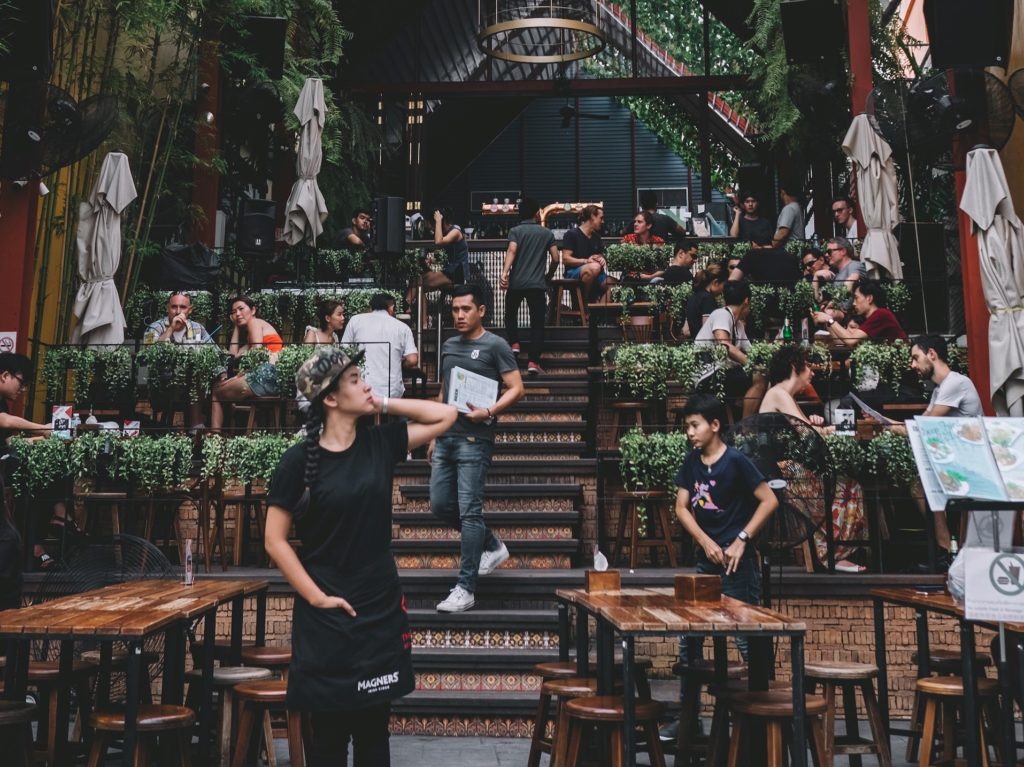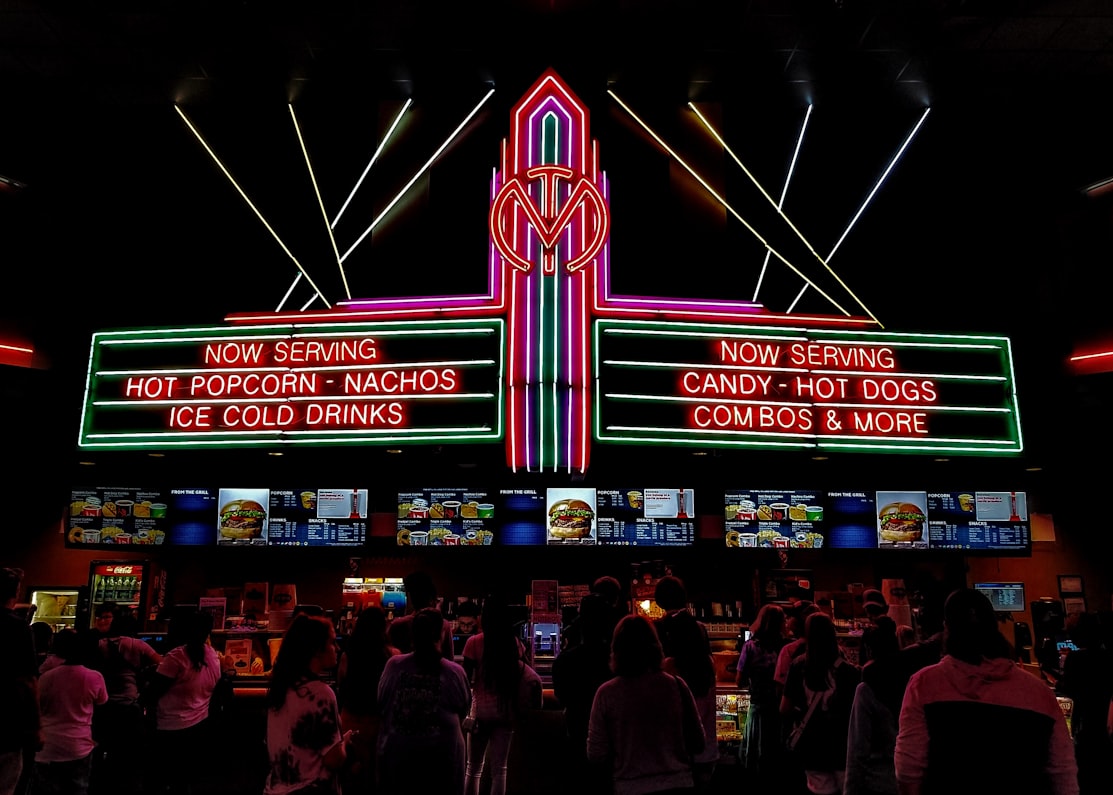Marketing is essential to sustain your business. No matter if your restaurant is a new or long-standing one, marketing is important to keep your customers coming.
Everybody knows social media is the #1 channel for marketing, especially for F&B businesses. But we’re not going to talk about the common item in marketing strategy.
In this issue, we’ll show you the do’s and don’ts in restaurant marketing to ensure it’s working and profiting your business. Keep on reading to find out how!
Restaurant Marketing Do’s:
1. Promote top selling items
Promote what your customers love. Just like a pop singer’s “greatest hits” that people play on and on, the same concept applies to your restaurant menu.
This is the simplest yet a fool-proof marketing method you can do. Firstly, identify your best-selling items using the sales report from your point of sale system.
From the reports, you can see the ordering trends too, such as which food or drink does your customer always order to complement the items. Just use this insight to upsell the items.
Promote the items by having high quality photos that you can use in menu, ads, flyers, and social media. This step is going to help you tremendously since food visuals are what people engage the most with.
2. Use Google My Business

If you have official social media for your restaurant, good job!
But do you utilize Google My Business? Not many people make use of this platform even though it significantly boosts business online presence and attracts more customers.
As a business entity, your business information should be easily available in the search engine to allow more people discover your restaurant. By listing your business on Google My Business, customers can instantly get all the information they need and decide whether to visit your restaurant in a matter of minutes.
You can head over to our blog on Google My Business Guide For Cafes And Restaurants for more handy tips!
3. Run festive deals

Holidays or festival celebration is the best time to market your business because what is a celebration without F O O D?
McDonalds Malaysia is creative at using this concept for their marketing. During the Merdeka season, they gave out free Nasi Lemak and Milo vouchers to anyone who orders and shouts “Merdeka” three times with confidence at any MCD Drive-Thru outlets. Since Malaysians love Nasi Lemak, this offer has enticed a lot of Malaysians to come and participate in the campaign with their patriotic spirit.
You can play around the theme of any celebrations to attract more people to visit your restaurant. It doesn’t always have to be major holidays, sometimes you can stand out during most random events like Malaysia wins a world cup?
Basically, create an event that makes your customers can’t resist posting on their social media and encourage them to share, link, and tag you in the event content too.
Dont’s:
1. No targeted audience

You may have bombastic marketing ideas, but they are not going to have the same effect for different demographics.
Build a targeted audience so you can focus and personalize your marketing based on each of their demographic. This way, your offers and promotions will be more relatable and appealing to them; thus effectively making you stand out to your targeted audience and effectively bring in sales.
2. Not rotating offers
Running long term offers bores people. Moreover, your restaurant will only attract bargain hunters that don’t convert into profits and loyalty.
Put a twist to your restaurant promotions that create value to your guests. We suggest promoting complimentary items on your menu like a cocktail or dessert that is unique to your loyal customers. In a way, this helps to upsell your low selling items and also keeps your profit margins healthy.
You can rotate the promotions like how large fast food chains do with their menu. This way, you can show variety in your restaurant to your guests and attract a wider demographic of customers.
3. Ignoring negative reviews

In the age of social media, you cannot completely control the public’s perception regarding your restaurant. Yet, it doesn’t mean you should dismiss those who are not in your favor.
If you’re faced with negative reviews, it’s good to have a plan for damage control. Hence, every restaurant owner should prepare a template to handle negative reviews. This will help to build credibility on your brand and shows that you’re committed to your customer service.
Not sure how to start? Refer to our response plan to handle negative reviews here.







